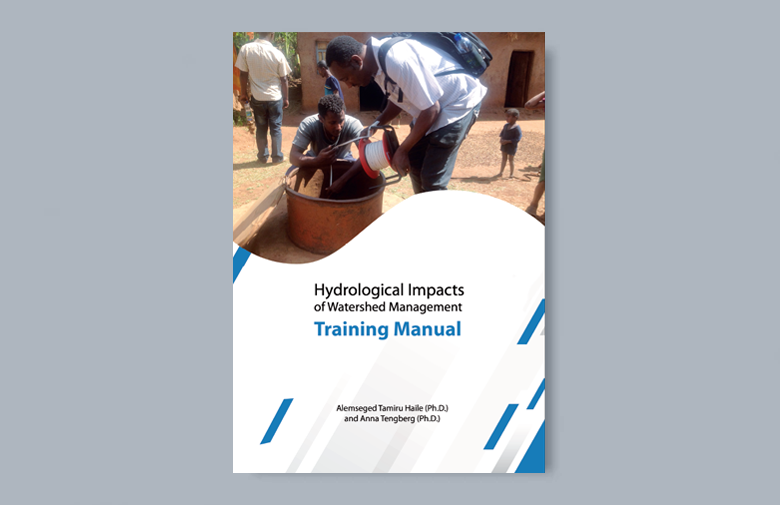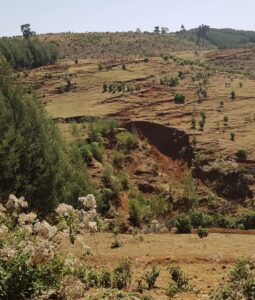Hydrological impacts of watershed managements
The main aim of this course is to enhance the understanding of local experts regarding the potential hydrological impacts of changes in watershed characteristics and interventions, and data requirement and monitoring for impact evaluation.

Despite the millions of dollars in investments and country wide mobilization of communities for watershed management, empirical evidence of the hydrological benefits of these investments is
still lacking. Three factors are identified for lack of quantitative evidence of hydrological benefits of watershed interventions in Ethiopia: (i) lack of attention to impact evaluation, (ii) absence of hydro-meteorological monitoring, and (iii) knowledge gaps about tools for hydrological impact evaluation.
Structure:
Participants of this course are expected to come from different backgrounds and levels of hydrological knowledge. It is therefore important to introduce key concepts of hydrology to
prepare participants for the subsequent modules. Hence, the aim in Module 1 is to introduce the hydrologic cycle, runoff generation mechanisms, and shallow groundwater resources. The
hydrology of most small watersheds remains unmonitored in Ethiopia. It is therefore important to investigate novel and affordable approaches for monitoring. In Module 2, the process of setting up citizen science-based hydrological monitoring is presented so that trainees can translate this to their district/woreda. In Module 3, the focus is to describe common changes in watersheds and their impact on hydrology. Finally, methods for quantifying hydrological impacts of watershed management are introduced in Module 4. At the end of the course, the trainees are expected to acknowledge the importance of evaluating hydrological impacts of watershed management, and its data needs.
Training tools:
The training includes a series of presentations to introduce the contents of each Module. The presentations will be interactive by providing the opportunity for trainees to
participate by interpreting figures, responding to questions, and sharing their experience. Trainees will be encouraged to share experience on watershed management and hydrological impacts in their districts. There are also group discussion sessions on pre-defined topics or exercises.
Target audience:
This training manual is prepared for watershed experts at local level (district and zone).



